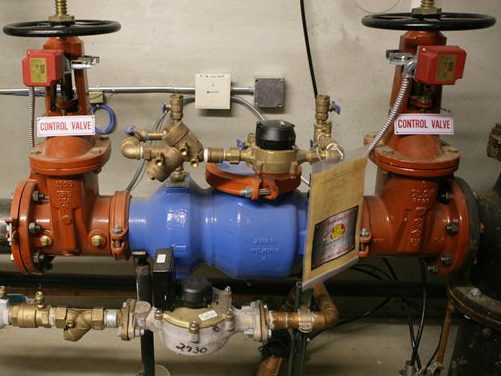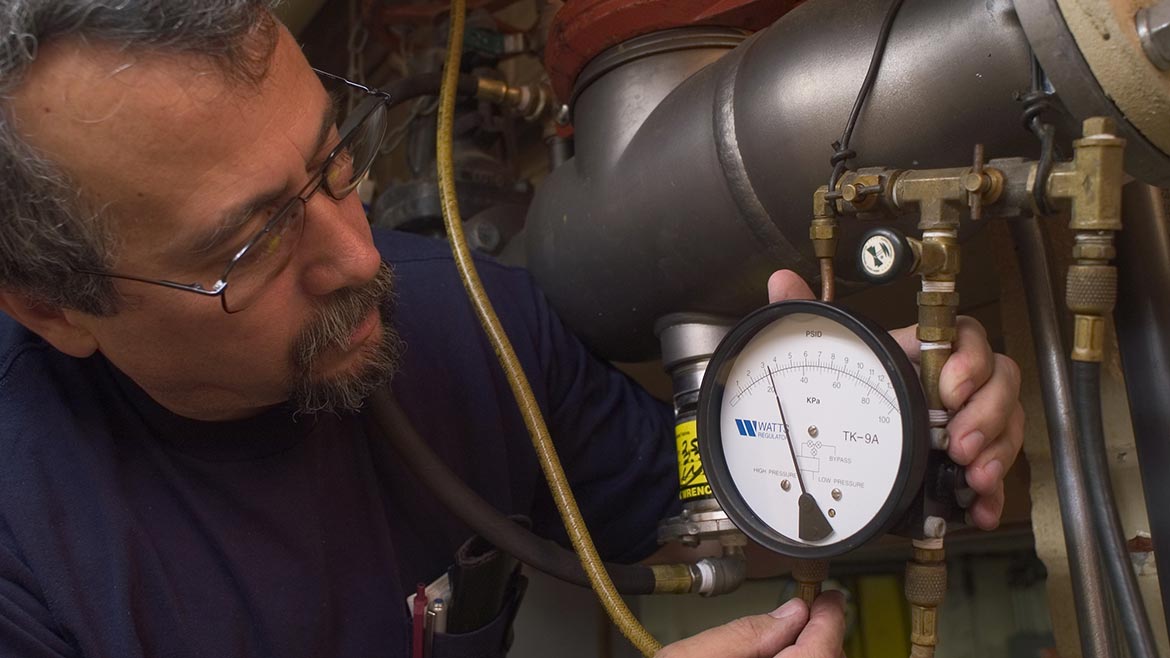Must I Do Backflow Testing on My Water?
Must I Do Backflow Testing on My Water?
Blog Article
We've stumbled on the article pertaining to Backflow Testing listed below on the web and thought it made good sense to discuss it with you on this site.

Yes, you require to backflow examination your house's supply of water to make sure that the water is without contaminants as well as unsafe levels of chemicals. You need to not try to do backflow screening on your own because of the equipment called for and also space for mistake. We recommend that you call a professional plumber every number of years to test your water.
Backflow Can Influence Both You and Your City
Many cities establish heartburn guidelines because harmful backflow can affect the public water system along with a single building. Modern-day cities have backflow tools in place that safeguard the water supply that comes from a lot of residences and business residential or commercial properties. The actual hazard originates from irrigation systems, which can damage the water with harmful plant foods, manure, and various other chemicals.
What Causes Backflow?
A regular reason of backflow is a loss of water pressure that causes the water to siphon back right into the water supply. After some time, there is a loss in water stress and also the tube starts to suck the water back into the water supply. As you can visualize, there are currently chemicals from the paint that are getting in the water supply, possibly posturing a risk.
Backflow Screening is Needed by Regulation in Particular Cities
Depending on where you live, you might in fact be needed by law to backflow test your regulation. For instance, Iowa City maintains a record of all residential or commercial properties served by the city's water. The city calls for that certain "high-hazard" facilities go through backflow testing. Sometimes, homes such as homes and apartment buildings are impacted.
You Can Avoid Heartburn
Hazardous heartburn is easily preventable if you have an expert plumber mount a backflow gadget. If there is an energetic hazard, the plumber will also evaluate for heartburn as well as establish. The main purpose of a backflow device is to avoid water from streaming backward into your supply of water. Plumbings install the tool on the pipes in your residence to ensure that the water just moves in the right instructions.
What is Heartburn?
Basically, heartburn is when water moves upwards-- the opposite direction in the plumbing system. This is additionally referred to as "backpressure." When the water moves in this instructions, it can combine with harmful toxins and also pose a risk.
Call a Plumber to Examine for Heartburn Before It is Far too late
While it might seem grim, polluted water can cause terrible microbial as well as viral infections that are hard to deal with. If there are any type of dangerous chemical levels, a plumbing business can promptly examine your home's water to establish. The tiny financial investment is if you can prevent the torment that originates from consuming polluted water. And also if you do discover that your water has high levels of toxins, a plumber can conveniently set up a heartburn avoidance tool.
Yes, you need to backflow test your house's water supply to ensure that the water is cost-free of contaminants as well as hazardous levels of chemicals. Numerous cities establish backflow standards due to the fact that unsafe heartburn can influence the public water supply in enhancement to a single structure. A common cause of heartburn is a loss of water pressure that causes the water to siphon back into the water supply. After some time, there is a loss in water pressure and also the hose pipe starts to draw the water back right into the water supply. The major objective of a heartburn tool is to stop water from streaming in reverse into your water supply.
WHY DOES BACKFLOW TESTING NEED TO BE DONE EVERY YEAR
What Is Backflow?
Toxic gas backing up into a building is one example of potential backflow issues, but backflow can occur in many other ways.
Backflow is generally referred to as the reversal of a liquid or gas in a plumbing system.
Most issues for the public occur with backflow resulting in contaminated drinking water. If you look up backflow issues online you’ll probably find references to “potable” water. That means drinking water.
There have been backflow issues in the past with drinking water. Chemicals, sewage and other contaminants have found their way into drinking water causing health issues for those that count on the fresh water.
What Causes Backflow?
In a residence or commercial building water generally flows one way. This normal flow is usually driven by consistent pressure in the water and waste system.
Anything that changes the normal pressure in the system can lead to backflow.
Fire hydrant use or malfunction can reverse the normal pressure in the system on a city line, but backflow can occur in a number of different ways.
Sometimes backpressure might be caused by someone using a garden hose and submerging the end of the hose in a pool of liquid. If pressure is lost the flow could reverse and contaminants could be released into the drinking water.
Anytime there is a connection between contaminants and the drinking water there is potential for a backflow issue. Sometimes these connections are not immediately obvious like the garden hose connecting to a building’s drinking water supply.
Backflow Regulations
The Environmental Protection Agency (EPA) provides guidelines and regulations for state and local governments regarding backflow. State and local governments also have their own guidelines and regulations for backflow prevention.
Arizona has its own backflow regulations.
Due to issues with backflow in the past, regulations require backflow preventer devices to be used in nearly all residential and commercial buildings.
A backflow preventer is a device that prevents backflow as cross-connection points where potential backflow issues may occur.
While backflow is not a common occurrence, preventers are in place to make sure there is no contamination should something malfunction or go wrong with a building’s water supply.

As an enthusiastic person who reads on Commercial Backflow Testing, I was thinking sharing that short article was essential. Sharing is nice. Helping people is fun. We truly appreciate reading our article about Backflow Testing.
Apply Now
Report this page